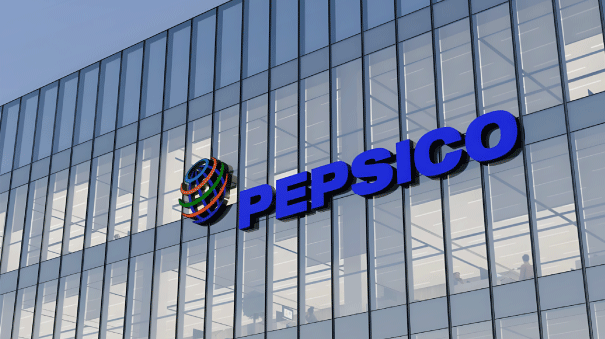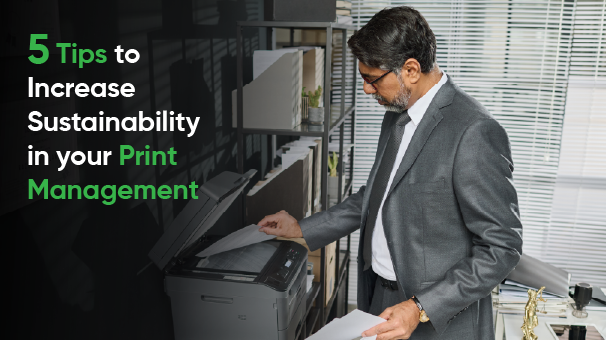As your business adapts to evolving investor expectations and consumer demands, sustainability is becoming a crucial part of corporate strategy. Governments worldwide are implementing policies to reduce the carbon footprint of organizations. Thus, it’s essential for your company to manage energy usage efficiently and optimize operations wherever possible.
What is Sustainability and How Does It Link to Print Management?
Sustainability involves using natural resources responsibly to meet our current needs while preserving them for future generations. The printing industry is a significant consumer of natural resources. With growing technological threats, economic concerns, and uncertain futures, it is imperative to minimize waste and adopt sustainable practices within the industry.
Is Your Company’s Print Output Sustainable?
Before implementing sustainable practices, assess whether your company’s print output is currently sustainable. Many organizations are unaware of the environmental impact of their printing and copying activities. If your company prints materials for marketing, books, menus, or other purposes, adopting green printing practices is vital for sustainability.
Five Steps to Make Your Printing More Sustainable
- Prioritize E-Documents Over Paper: Using electronic documents significantly reduces the carbon footprint. Implement scan-to-email technology to distribute documents electronically.
- Analyze and Optimize Printers: Evaluate usage patterns and the placement of devices in your office. Minimize the number of underutilized printers and fax machines.
- Print on Demand: Only print when necessary to avoid wastage. Printing large amounts of materials in advance often leads to unnecessary waste.
- Recycle Printers and Cartridges: Implement a robust recycling program for cartridges and printers. Reuse the plastic from used printers and cartridges to manufacture new products.
- Educate Employees: Encourage employees to adopt sustainable practices, such as using both sides of the paper and prioritizing emails over prints.
Five Tips to Increase Sustainability in Managed Print Services
1. Reduce Wastage of Paper
Excessive paper use significantly impacts the environment. Even with a robust recycling program, energy, money, and time are spent on recycling processes. Educate employees about reducing paper use. Small changes, like using both sides of the paper and sharing documents electronically, can have a significant impact.
2. Digitize Your Documents
Transitioning to digital, cloud-based solutions can drastically reduce paper usage. Encourage employees to shift from paper-heavy workflows to digital formats, such as PDFs or PowerPoint presentations for meetings and onboarding documents.
3. Use Energy-Efficient Products
Modern printers and copiers consume less energy and are more environmentally friendly. Invest in the latest technology with energy-saving modes. Consider all-in-one devices that combine printing, copying, and faxing functions to reduce the number of devices needed.
4. Stop Using Older Products
Older devices often lack energy-saving features and can be more costly to operate. Upgrading to modern, energy-efficient devices can reduce maintenance costs and improve operational efficiency.
5. Eco-Friendly Printing
Opt for eco-friendly printing methods by avoiding plastic-based substrates and unnecessary lamination. Print only when absolutely necessary to minimize environmental impact.
Importance of Sustainability and Steps to Integrate It into Your Print Service
Sustainable printing practices are crucial for reducing deforestation and minimizing environmental impact. Excessive paper use contributes to landfill volumes, affecting soil, air, and water quality.
1. Implementing Wepsol’s fluidPrint: fluidPrint by Wepsol is a managed print service which helps organizations optimize their print infrastructure without requiring capital investment. Printers are installed on a “Pay per page” and “Fixed monthly rental” basis, ensuring cost efficiency and flexibility. Wepsol conducts thorough assessments to improve operational processes, control usage, and reduce environmental impact.
2. Enhancing Network Visibility and Control: fluidPrint managed print service provide greater control over printing activities. They ensure that only authorized documents are printed, helping organizations maintain compliance and boost security.

